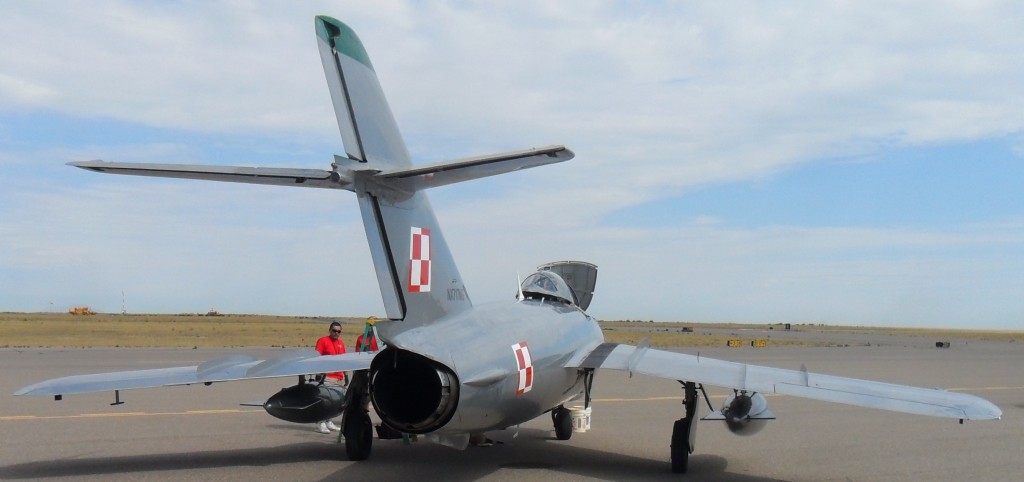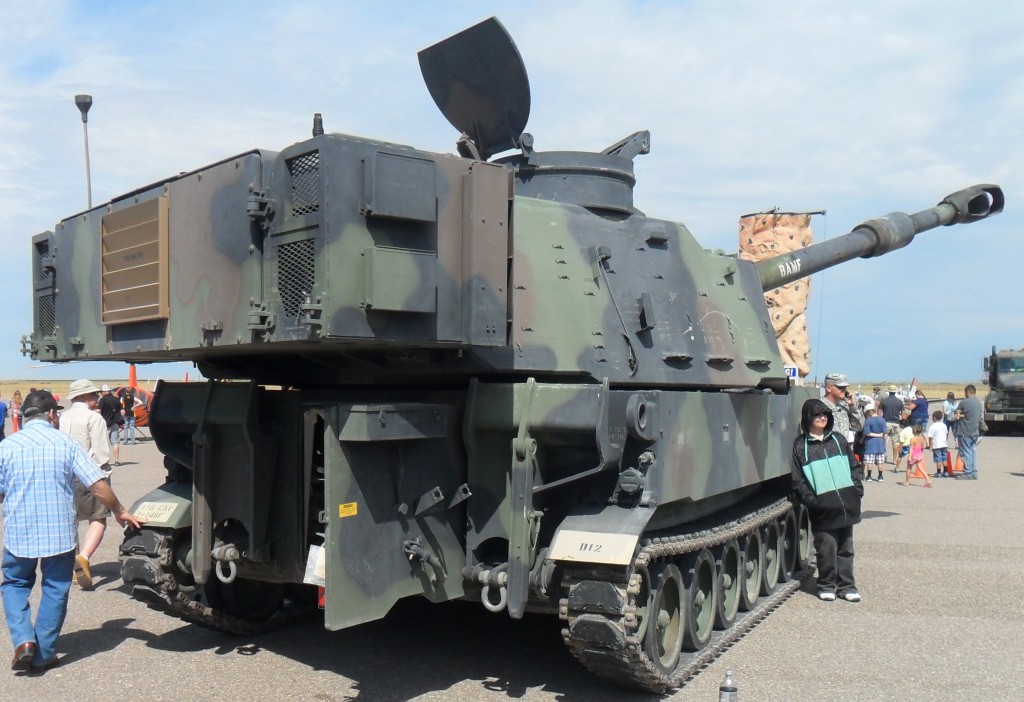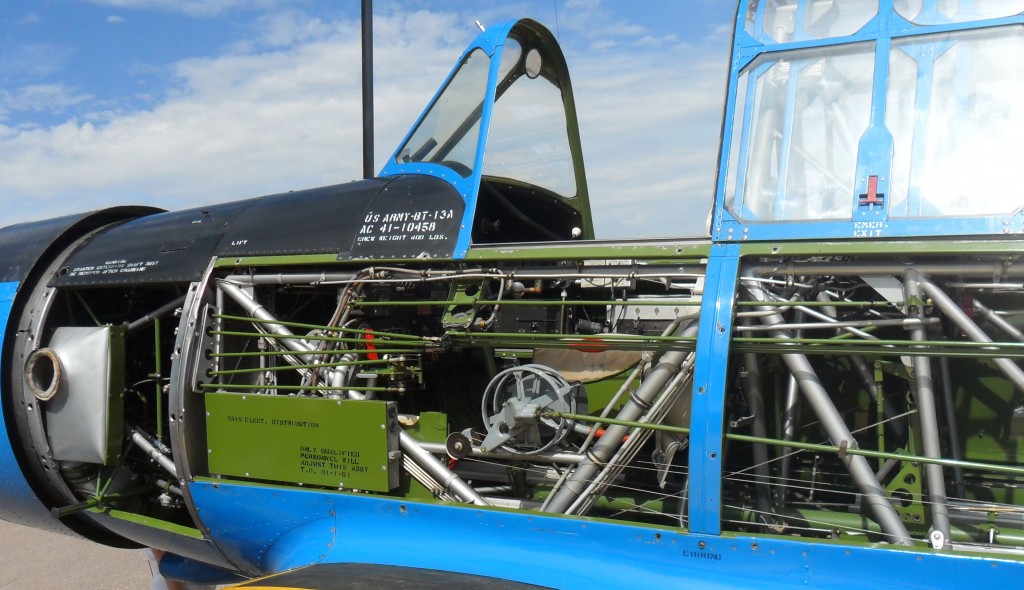Who knew that this free airshow would also be the last for Idaho’s Pocatello Airport?
Click pics to make bigger, photos by AAron B. Hutchins:
- Put into USN service in 1954, in 1962 the Navy changed its designation to S-2 Tracker.
- The Tracker retired from U.S. military service in 1976. At last word, it’s still used by Argentina & Brazil.
- Looking forward.
- Looking aft.
- Wright R-1820-82WA radial engine, 1525 hp (1137 kW)
- Strong legs for landing a 20-thousand pounds+ (9071.8kg+) aircraft on aircraft carriers.
- Outboard side.
- Inboard side.
- Looking forward in the main landing gear wheel well.
- Looking rearward.
- Large external hinges for folding the wings. I have a couple of kits of this plane and I don’t think they depict these noticeable hinges, very well anyway.
- This privately owned Grumman is painted in the colors of the utility/transport version. The USN converted many armed S2F-1s to unarmed US-2Bs.
- Have fun trying to string the wire antennae on your model.
- Seems to be missing the hook, but the tail bumper wheel is present.
- The combat version could carry 4800 lb (2200 kg) of torpedoes, bombs, depth charges and mines.
Pocatello Airport:  MIG-15 UTI & MIG-17
MIG-15 UTI & MIG-17





































































































































































